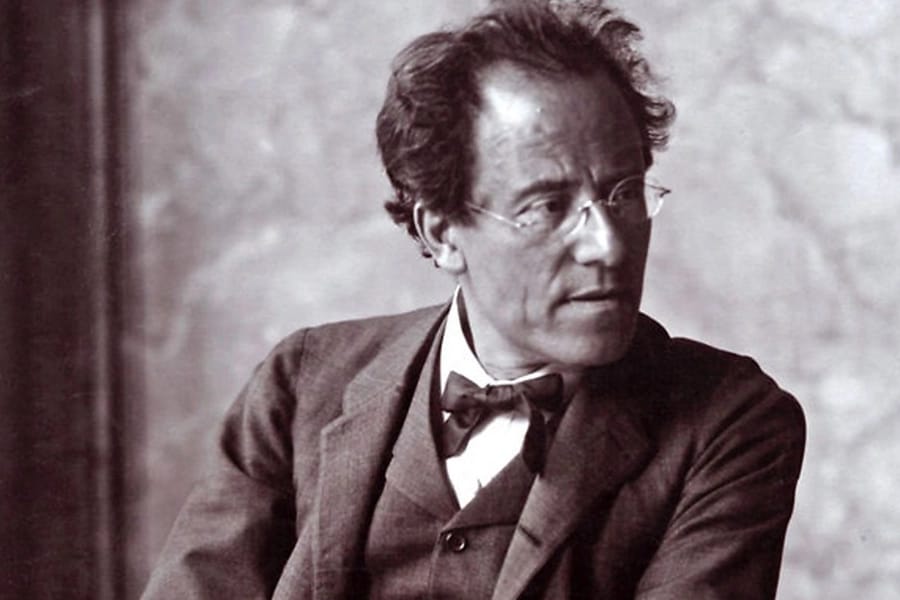 Marin Symphony and Music Director Alasdair Neale take on the fifth symphony of Gustav Mahler, in a program called The Majesty of Mahler next Sunday afternoon and the following Tuesday evening. It’s a piece that offers ‘a full workout of the human condition.’
Marin Symphony and Music Director Alasdair Neale take on the fifth symphony of Gustav Mahler, in a program called The Majesty of Mahler next Sunday afternoon and the following Tuesday evening. It’s a piece that offers ‘a full workout of the human condition.’
There’s more information about the concerts at the Marin Symphony website.
The best-known movement of the fifth is the famous Adagietto, as Alasdair Neale explains: “There’s no question that that is one of the highlights… it was easy to understand that that was the piece that was excerpted from the symphony, and played consistently as a kind of a solo piece, as it were, at a time when Mahler’s music wasn’t so widely known as it is now.” But audiences these days have come to know the full work, which stretches in moods and colors across a wide range. “Mahler said, I think during the course of a conversation with Sibelius – they were debating the symphony as an art form, and I think Sibelius basically said something like ‘The symphony has to be very compact, and in and of itself,’ and Mahler said: ‘No, no, no, the Symphony is the world, it must embrace everything in it.’” So from the opening repeated motif of a trumpet beginning a funeral march, through a scherzo, the Adagietto, to a ‘rollicking finale’ Mahler packs a lot in. “It really does cover everything,” Neale says. “And maybe that’s Mahler’s appeal, I think, to our post-Modern generation. It just gives you everything you need in merely 70 minutes.”







